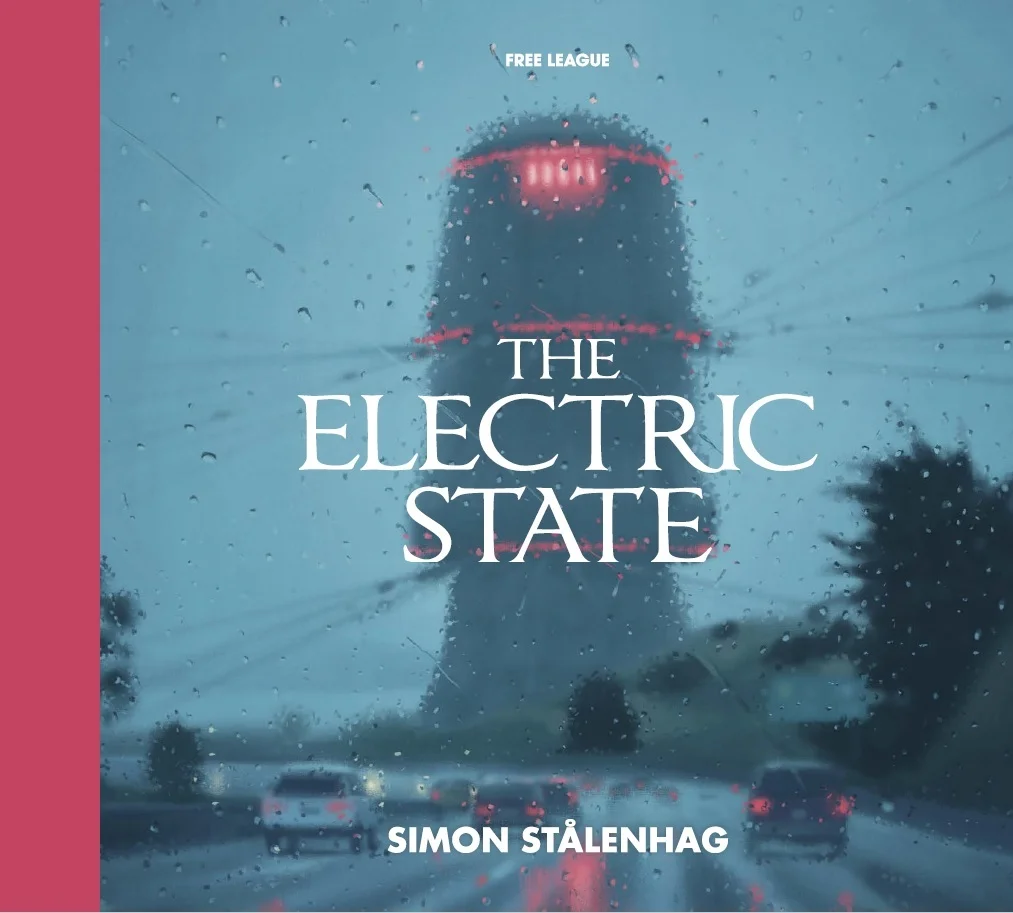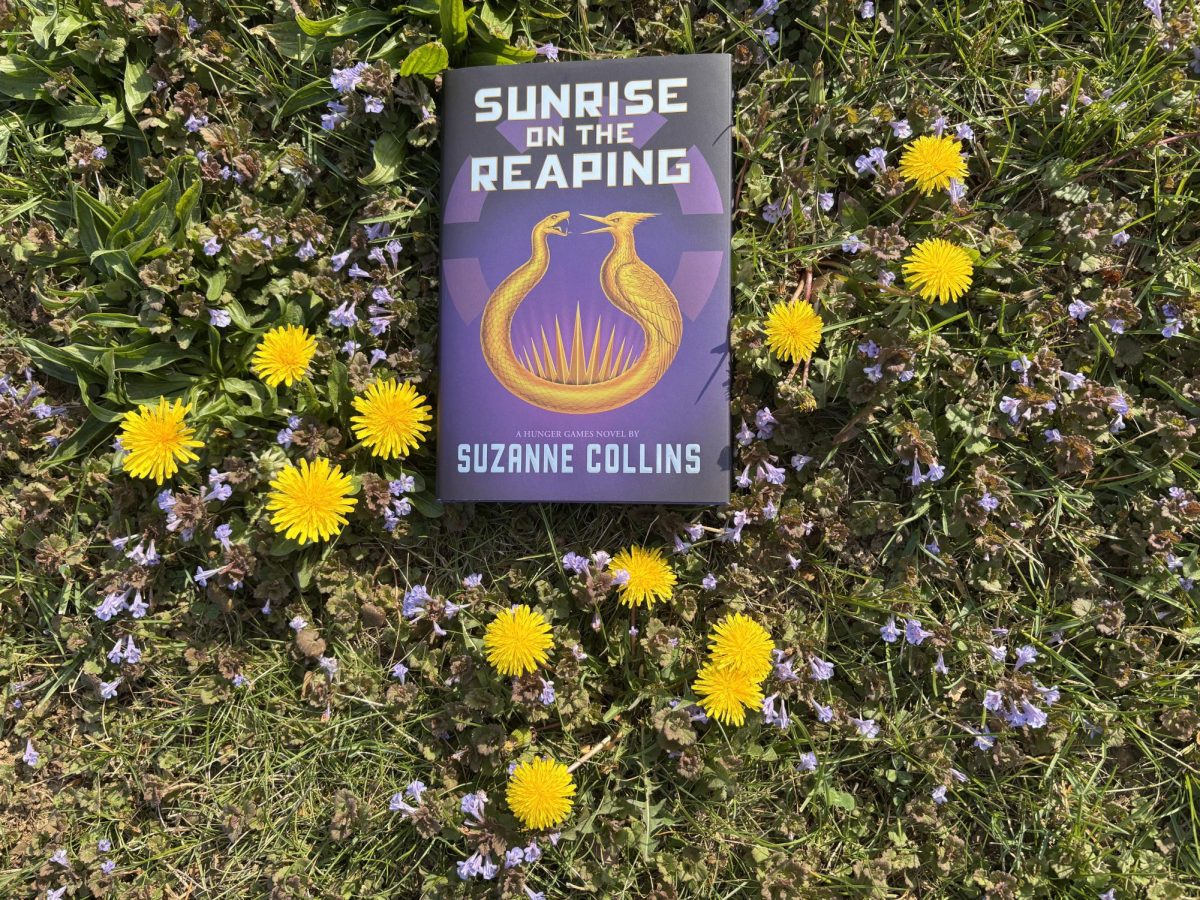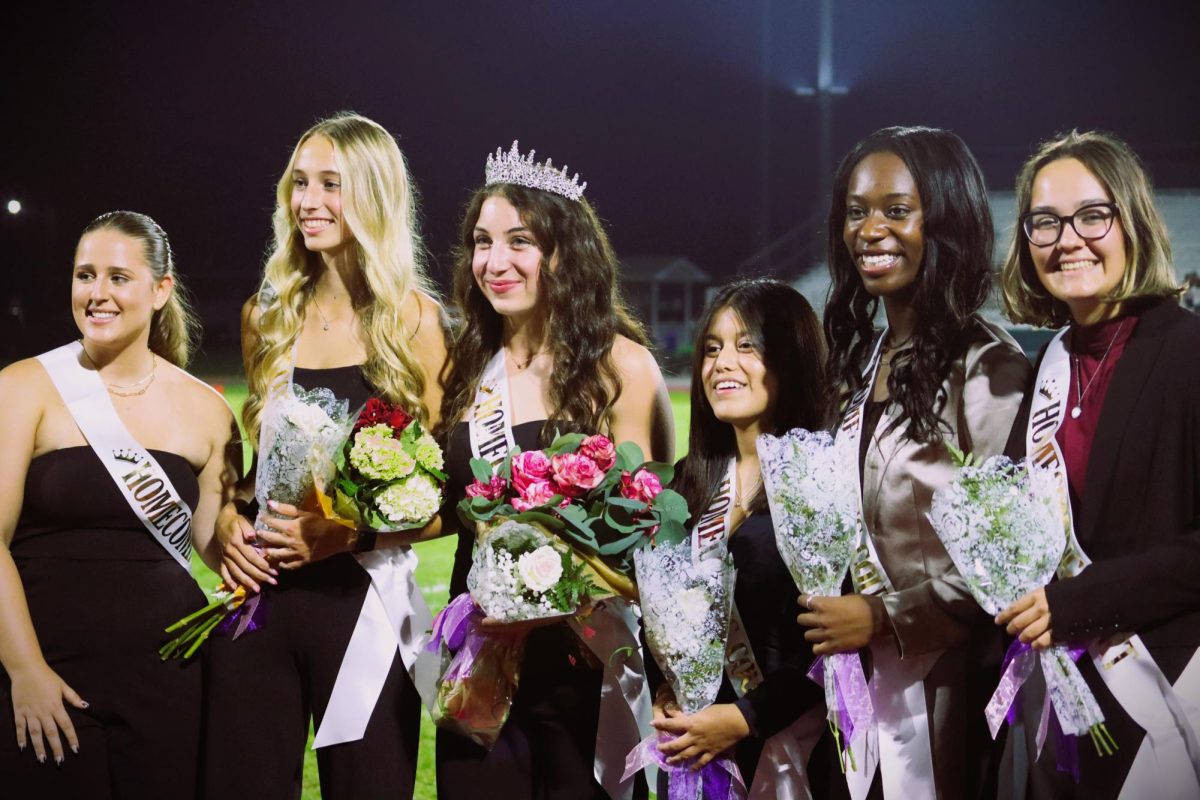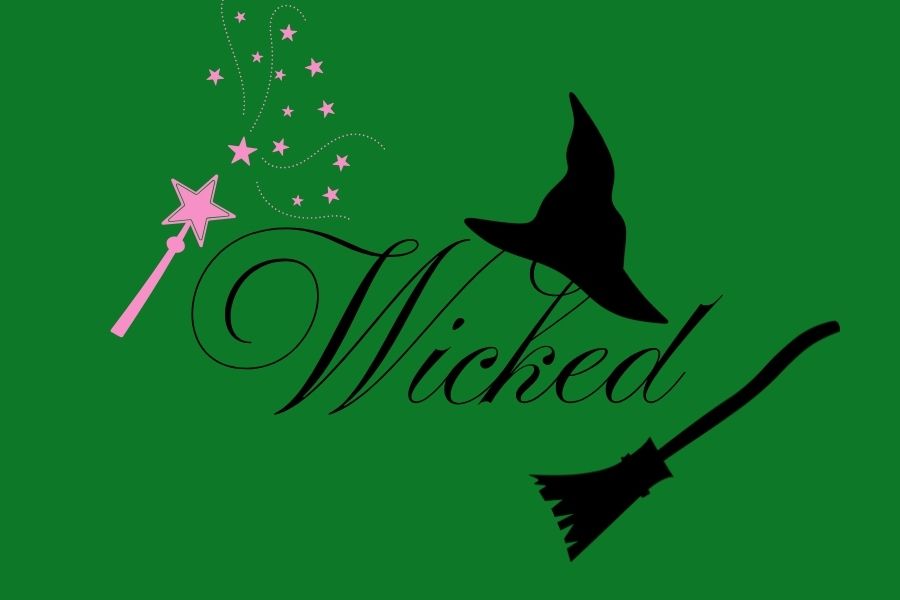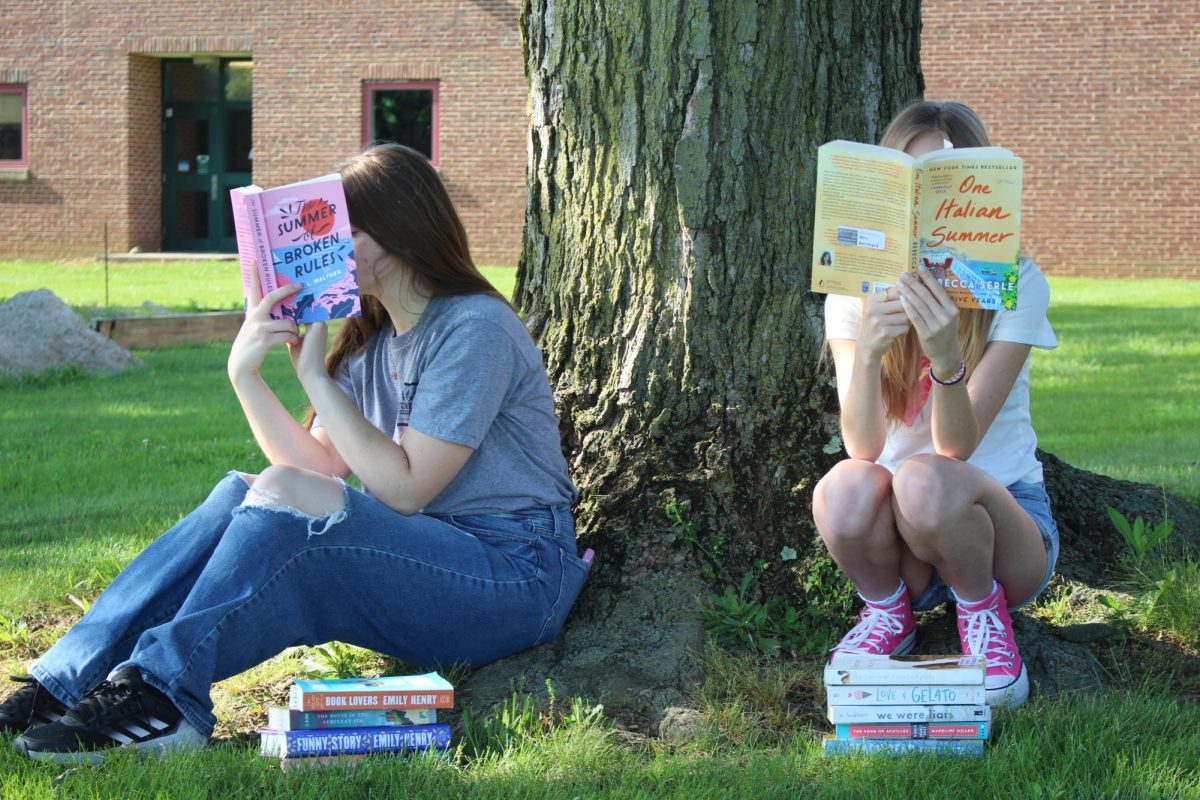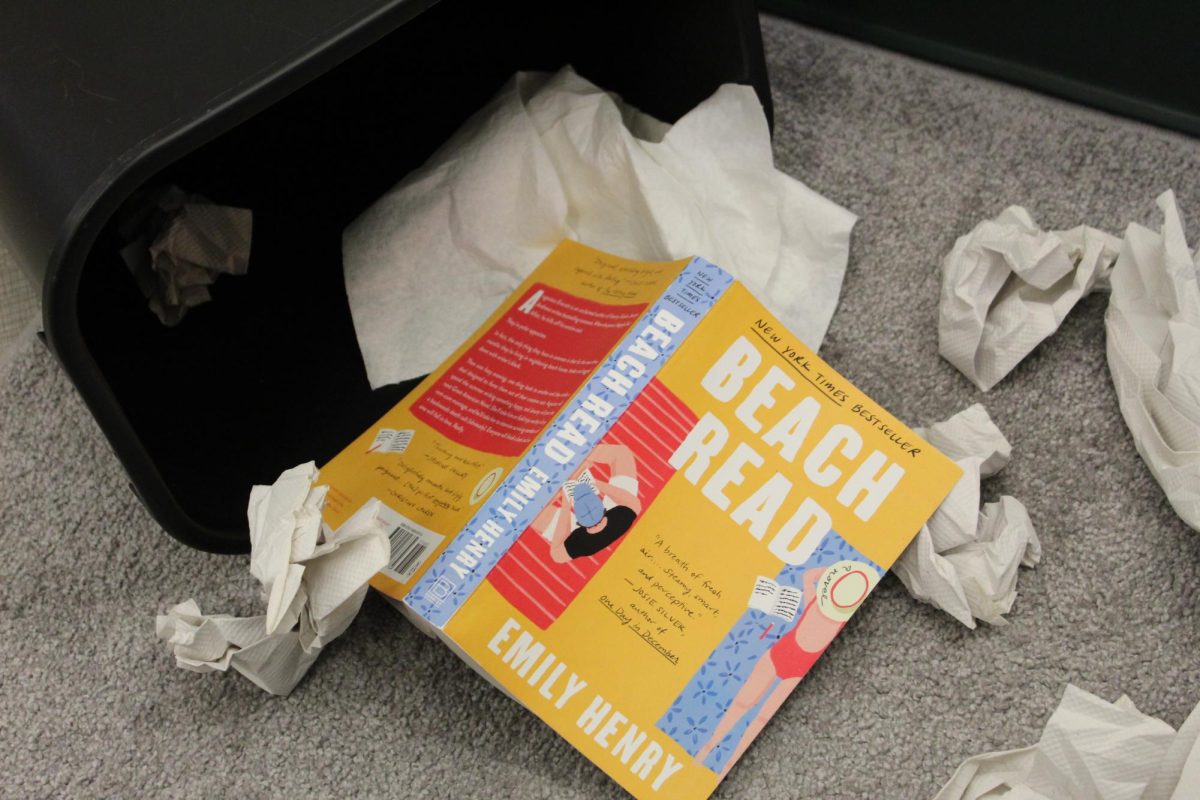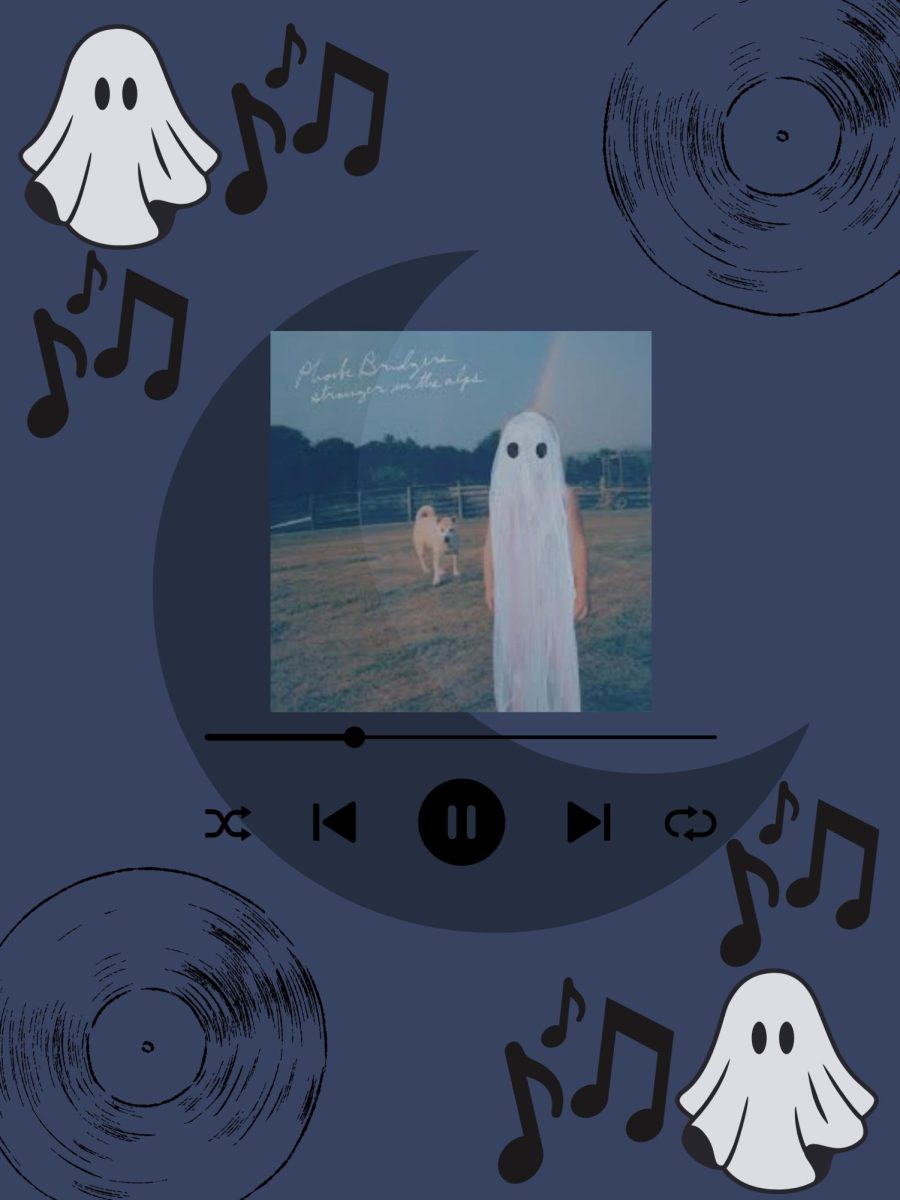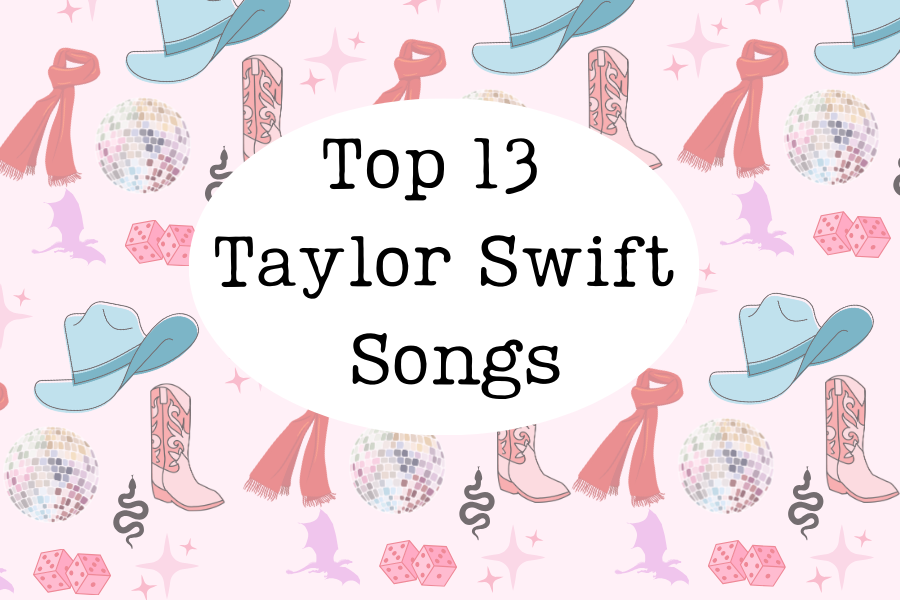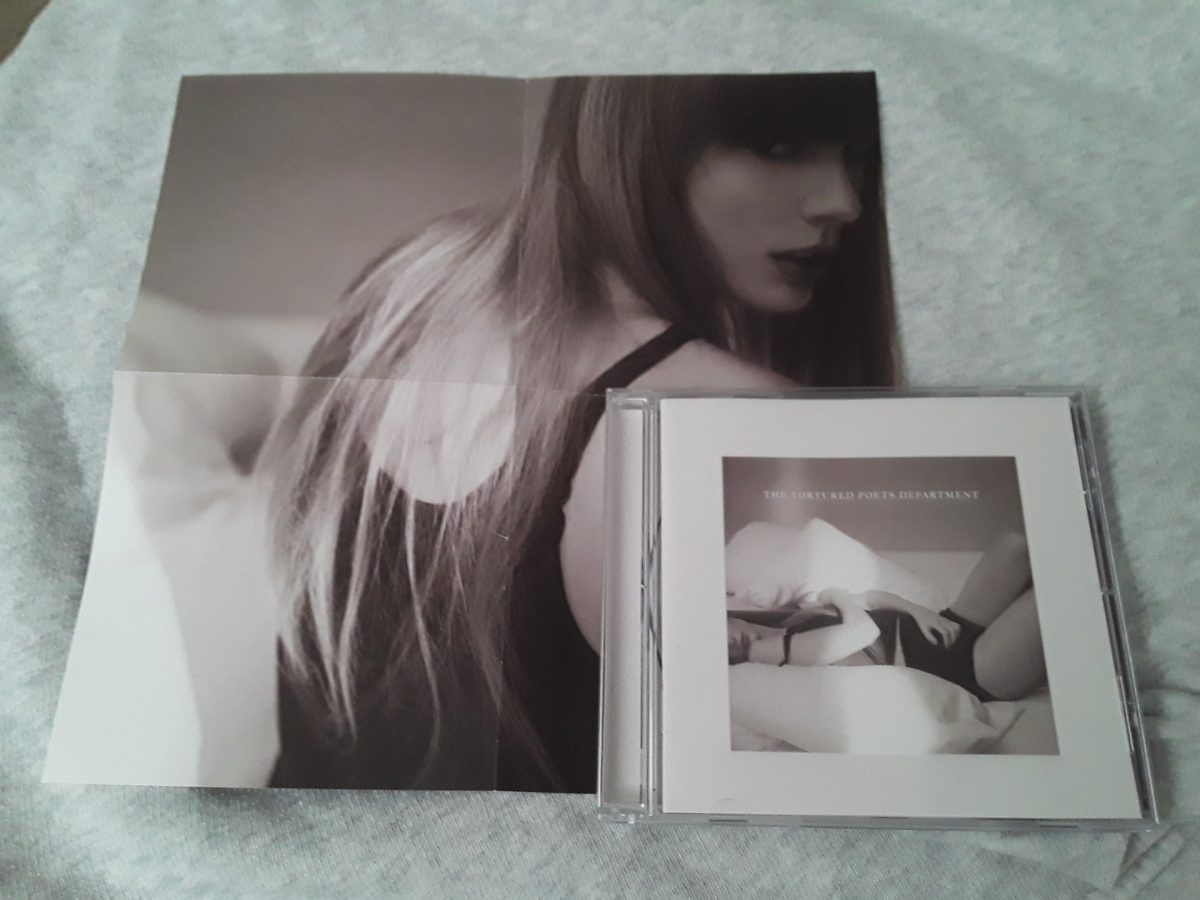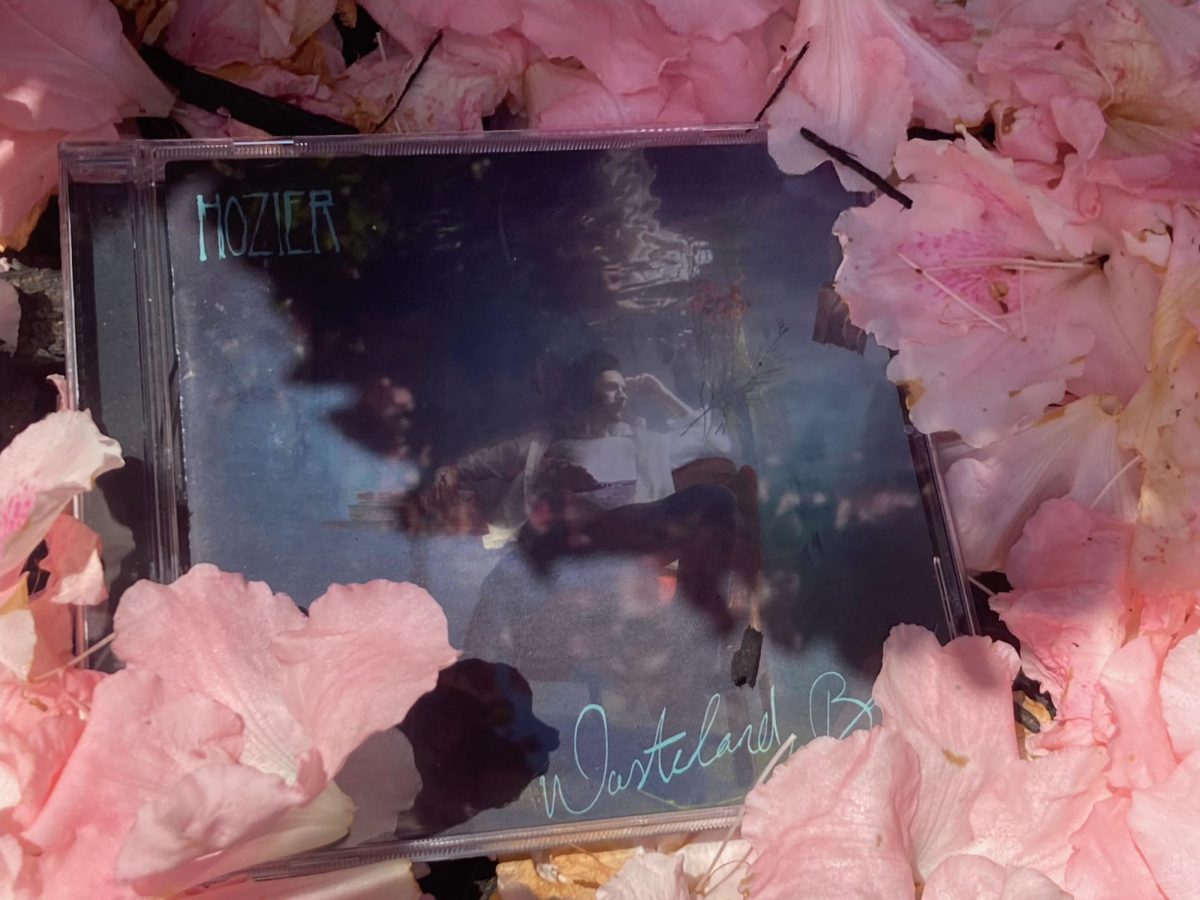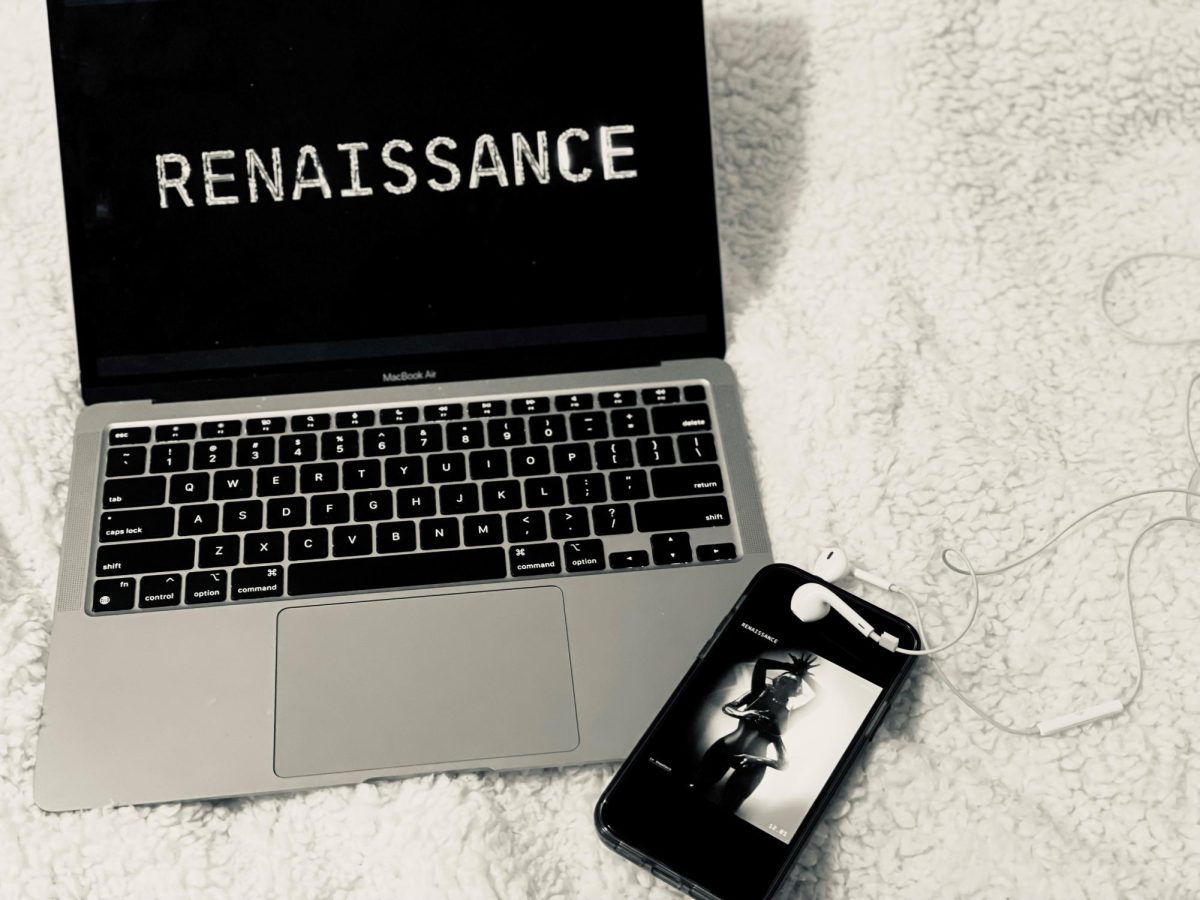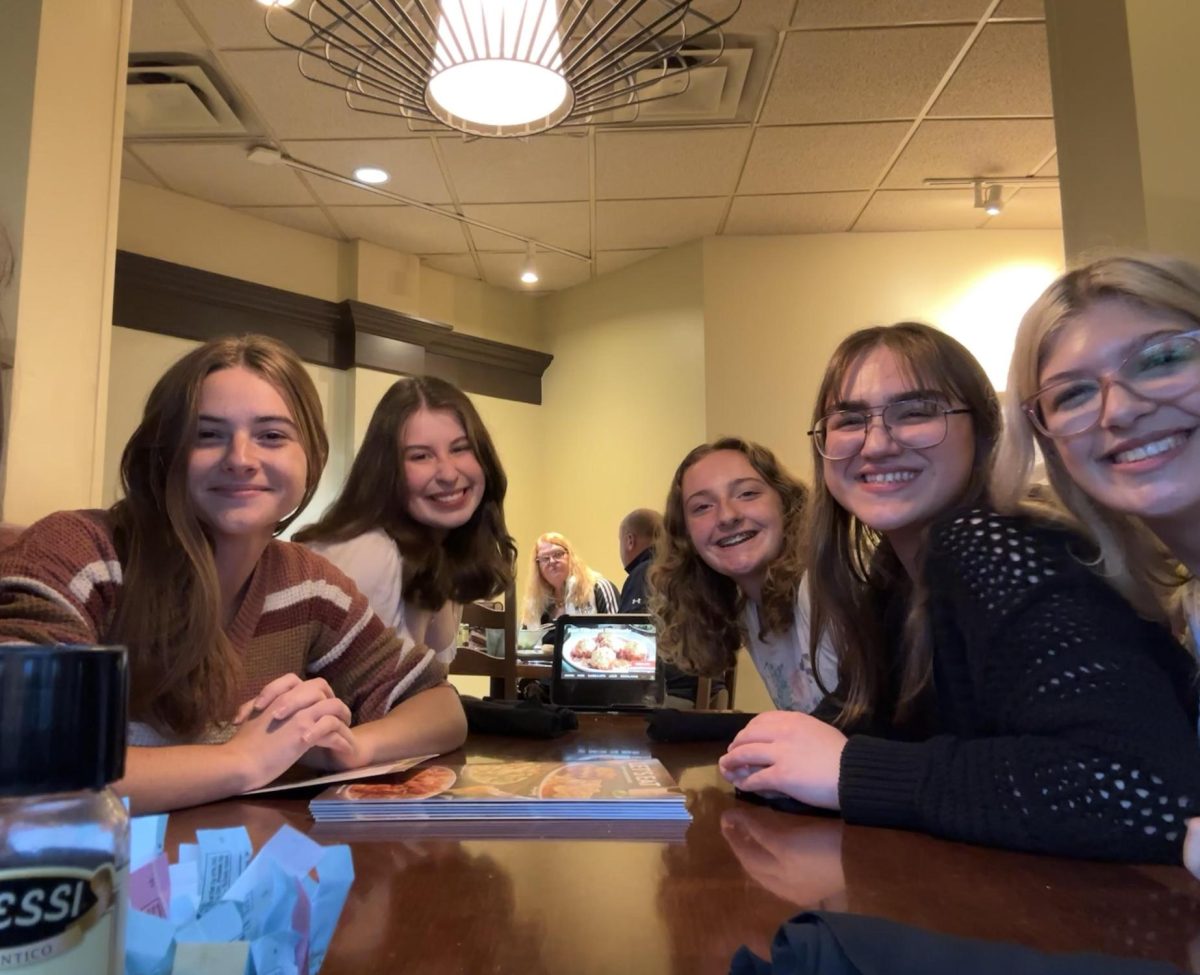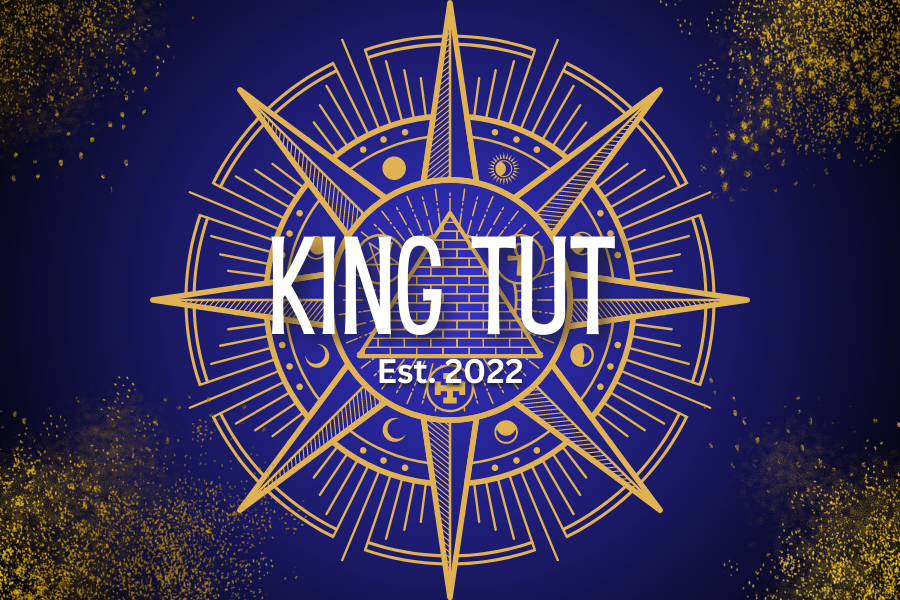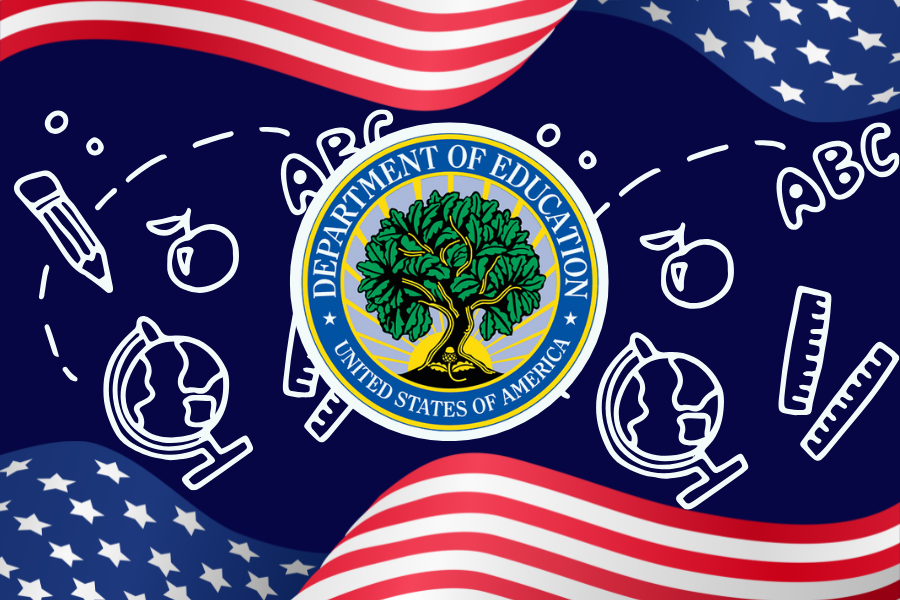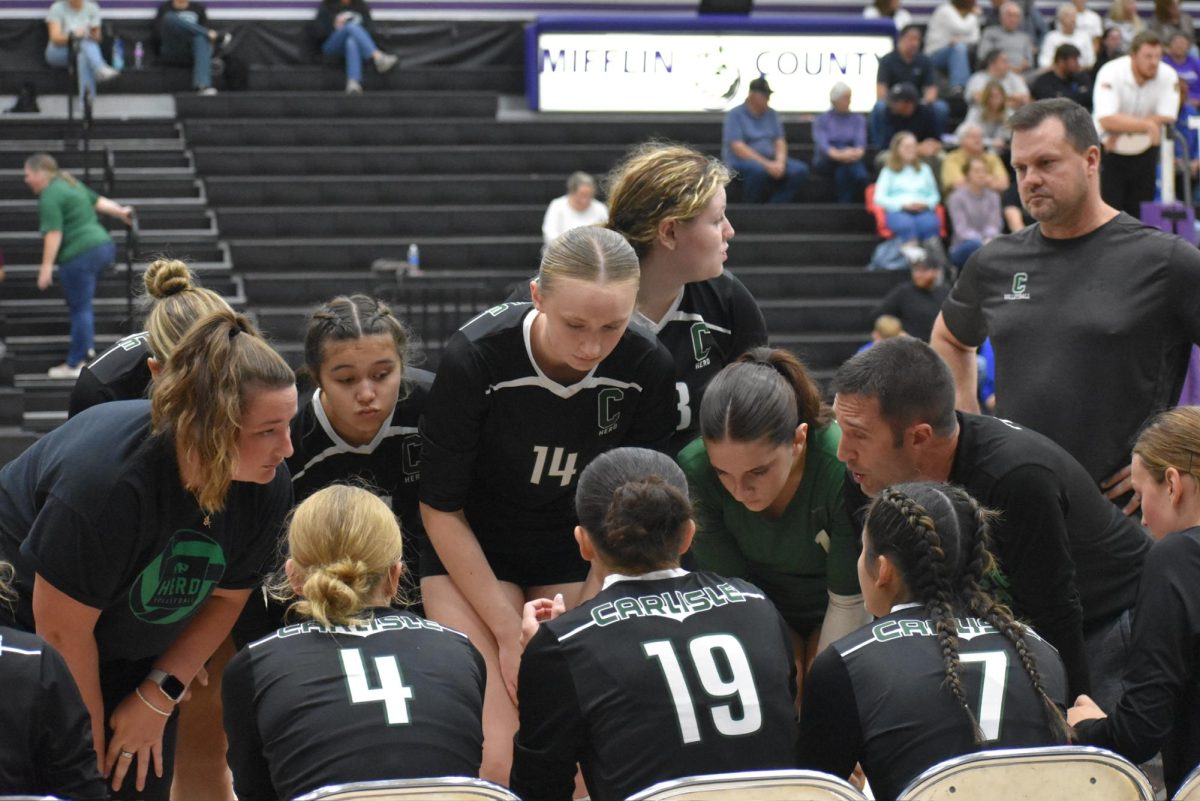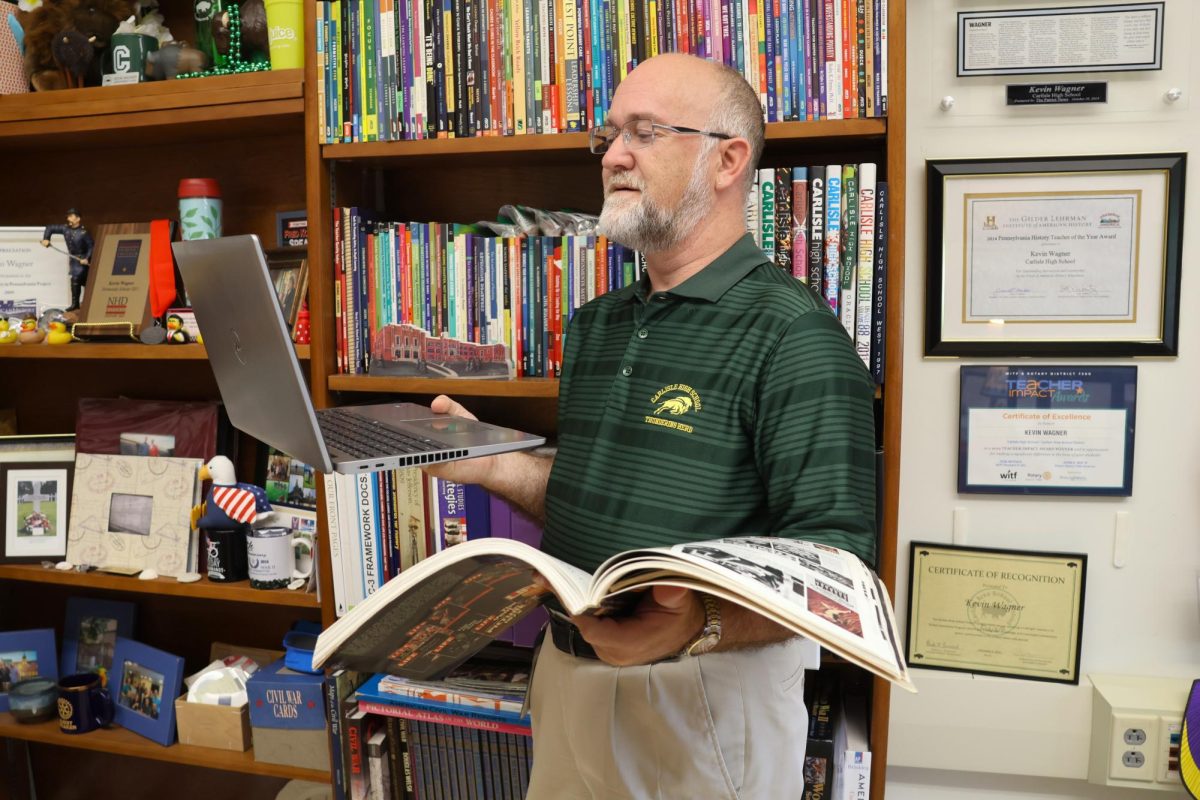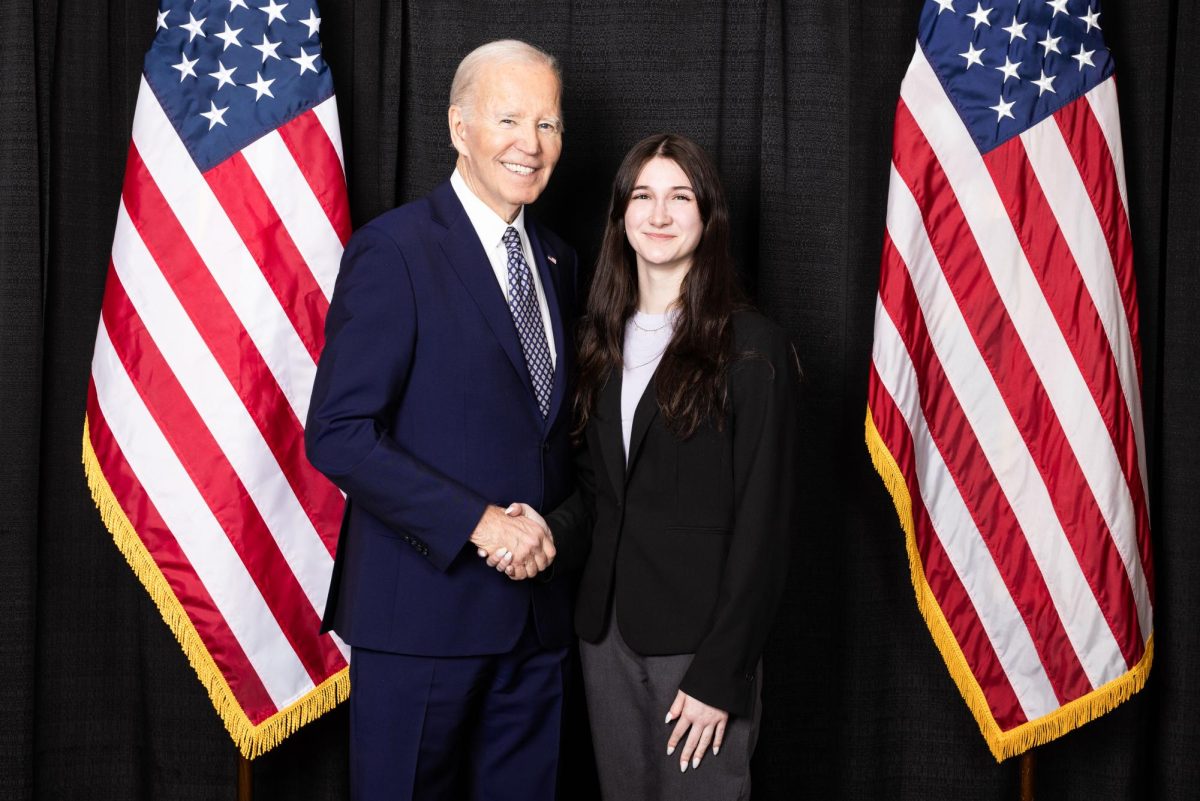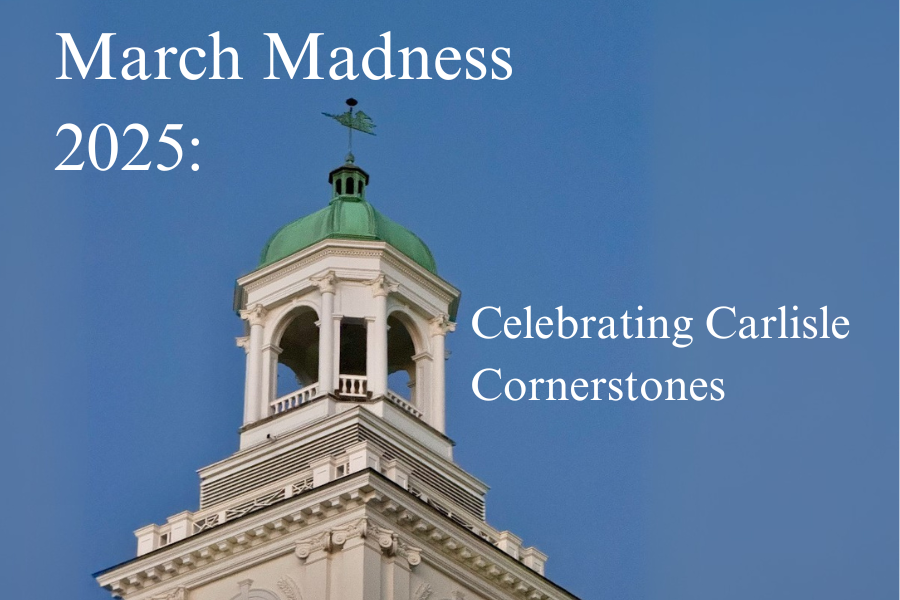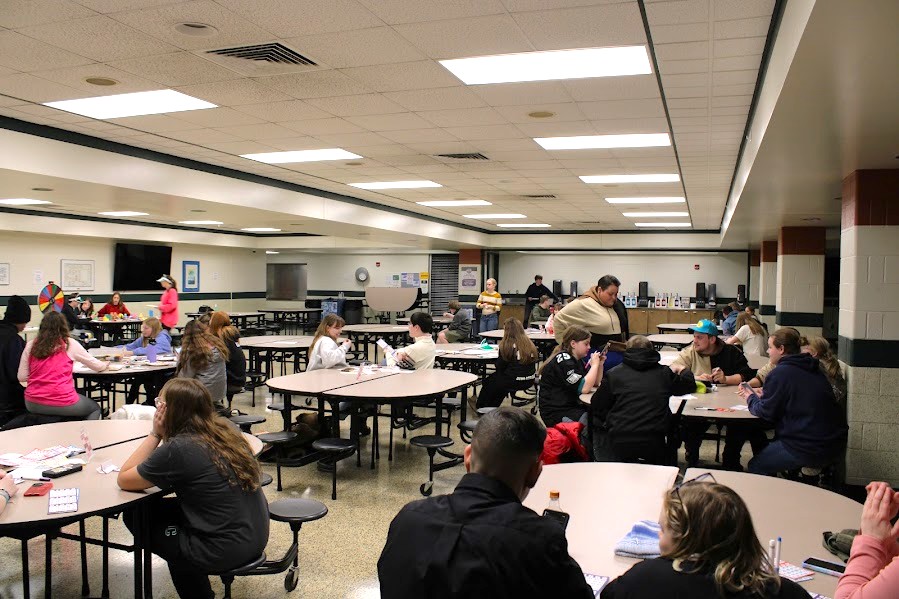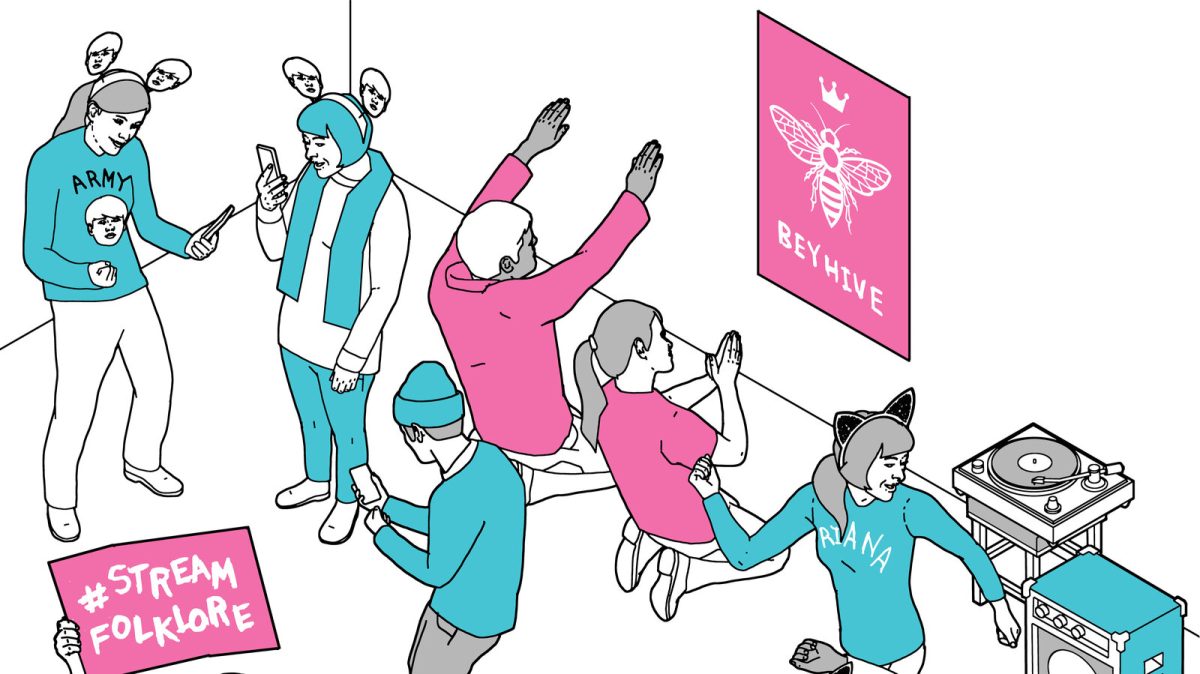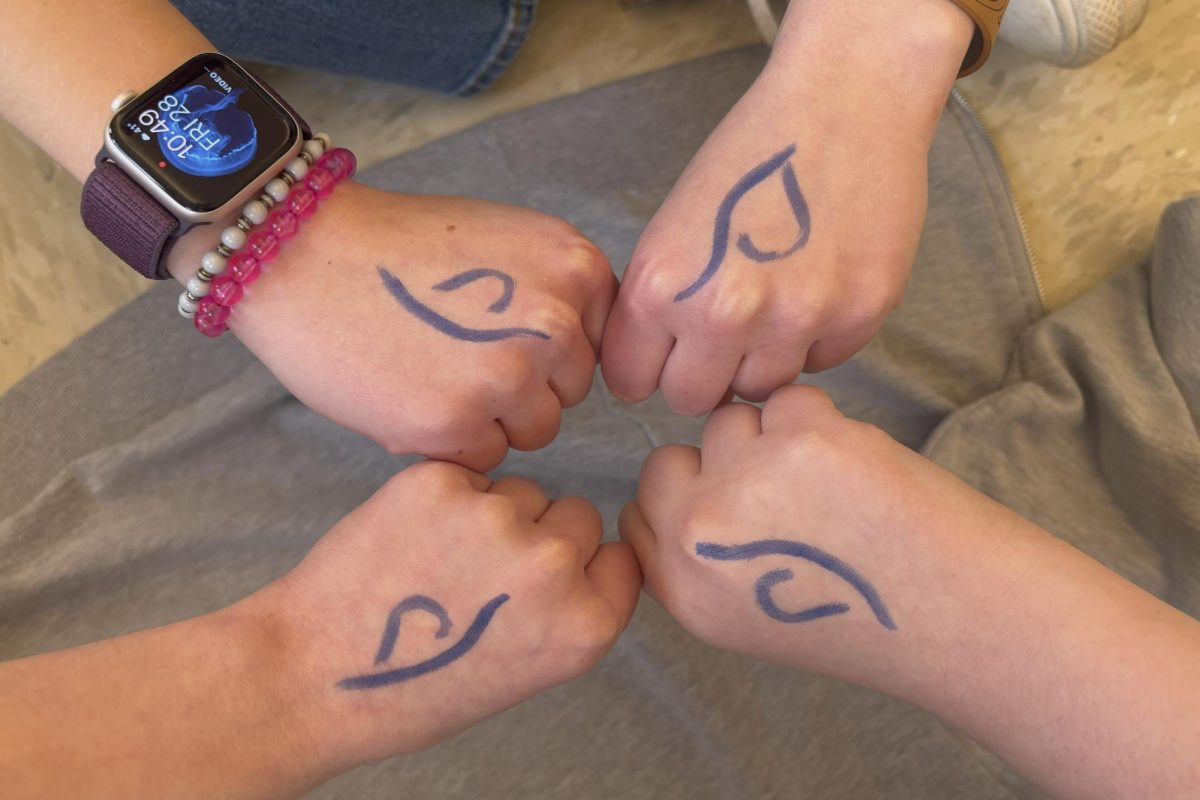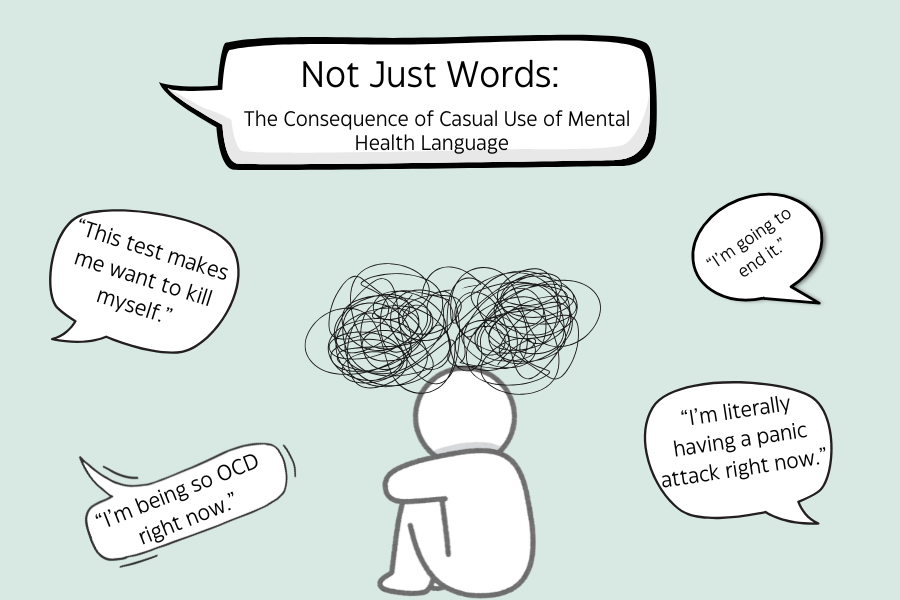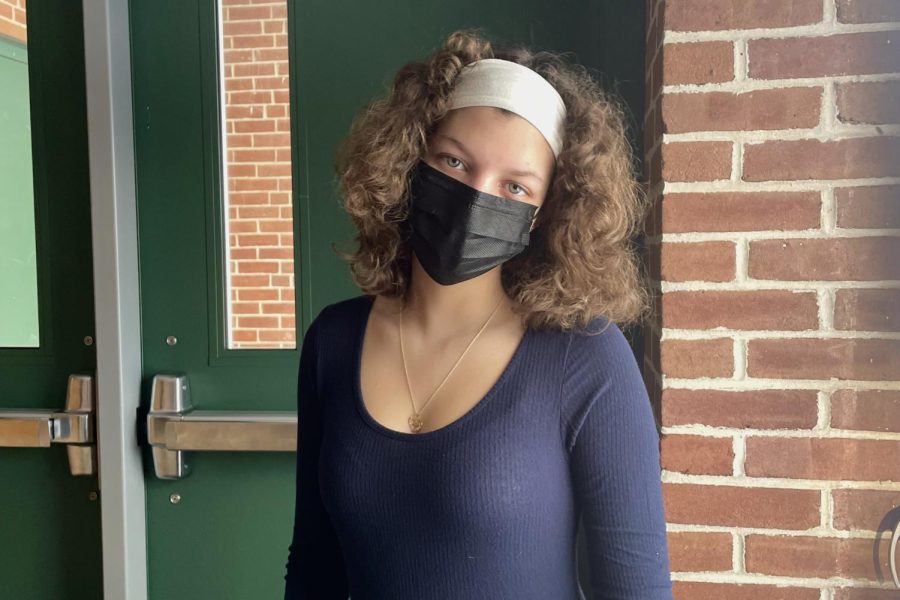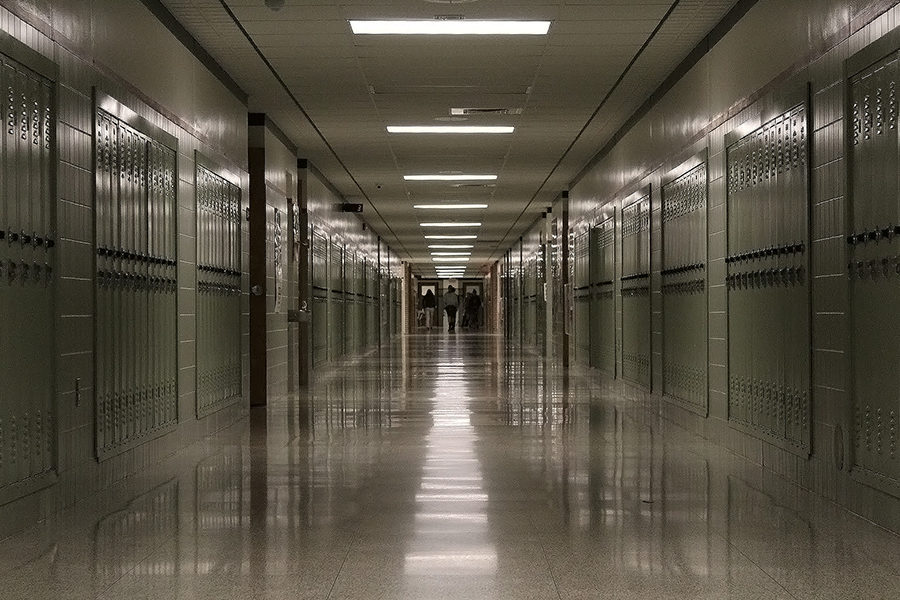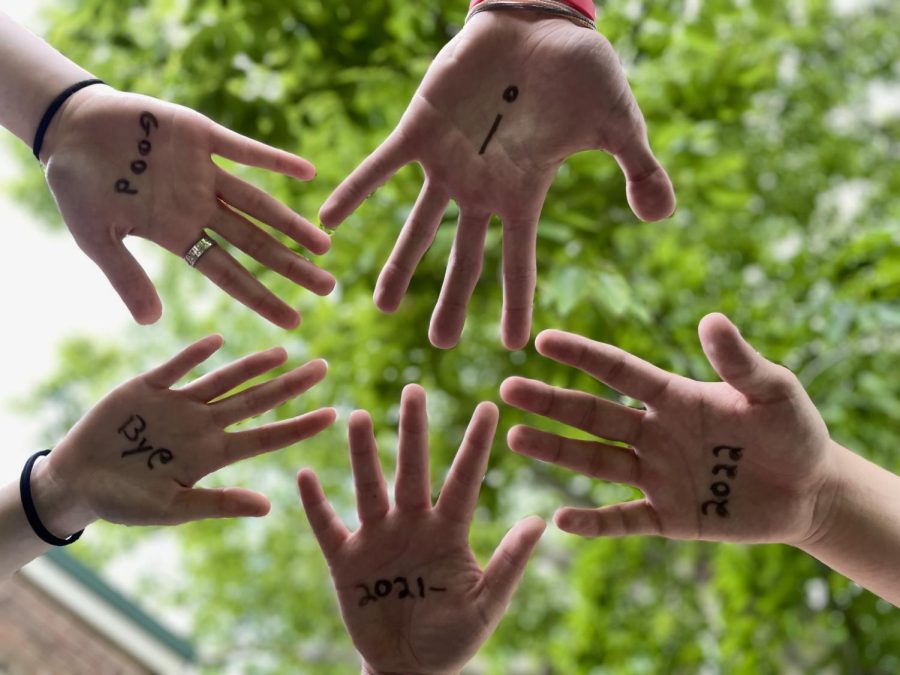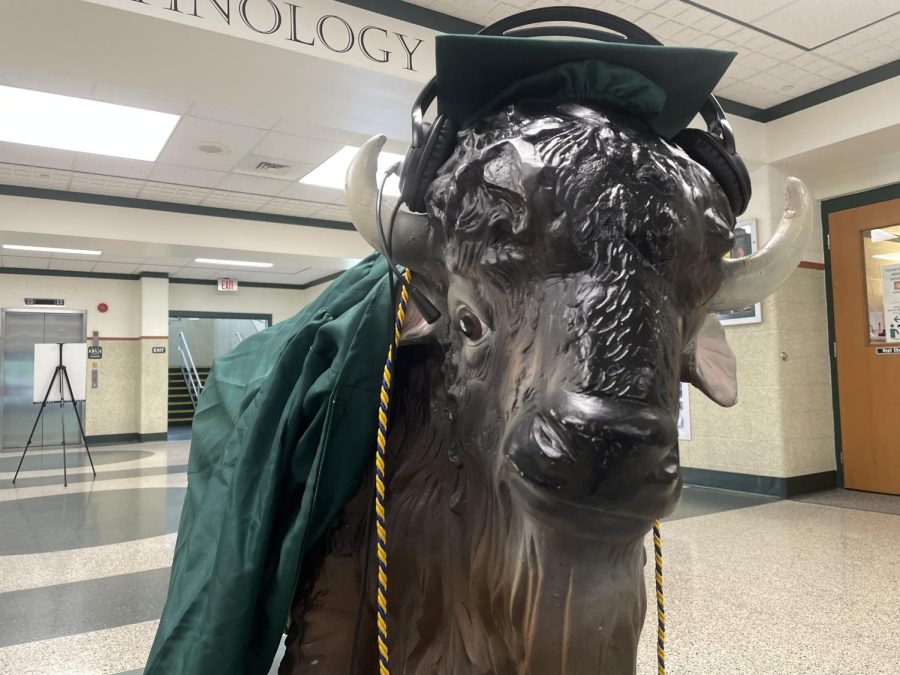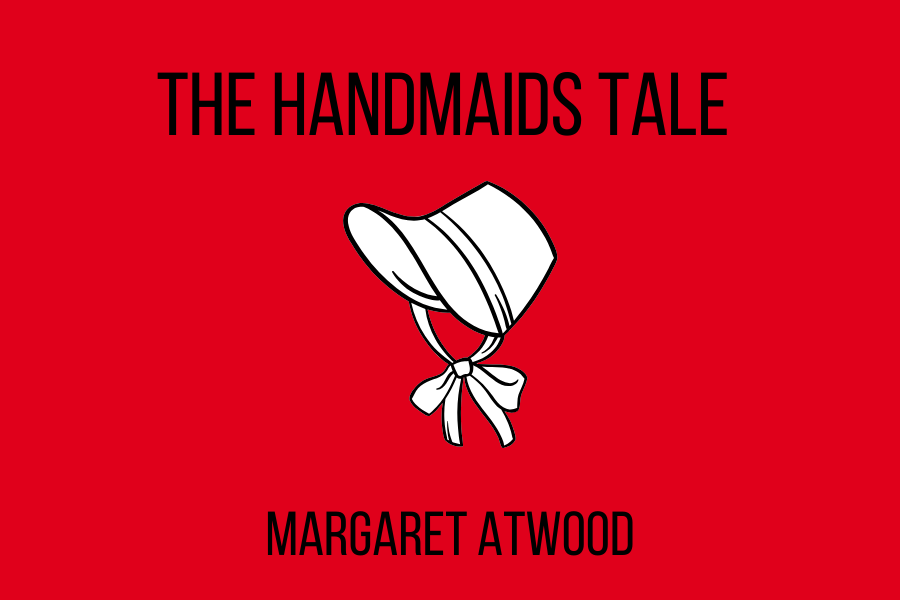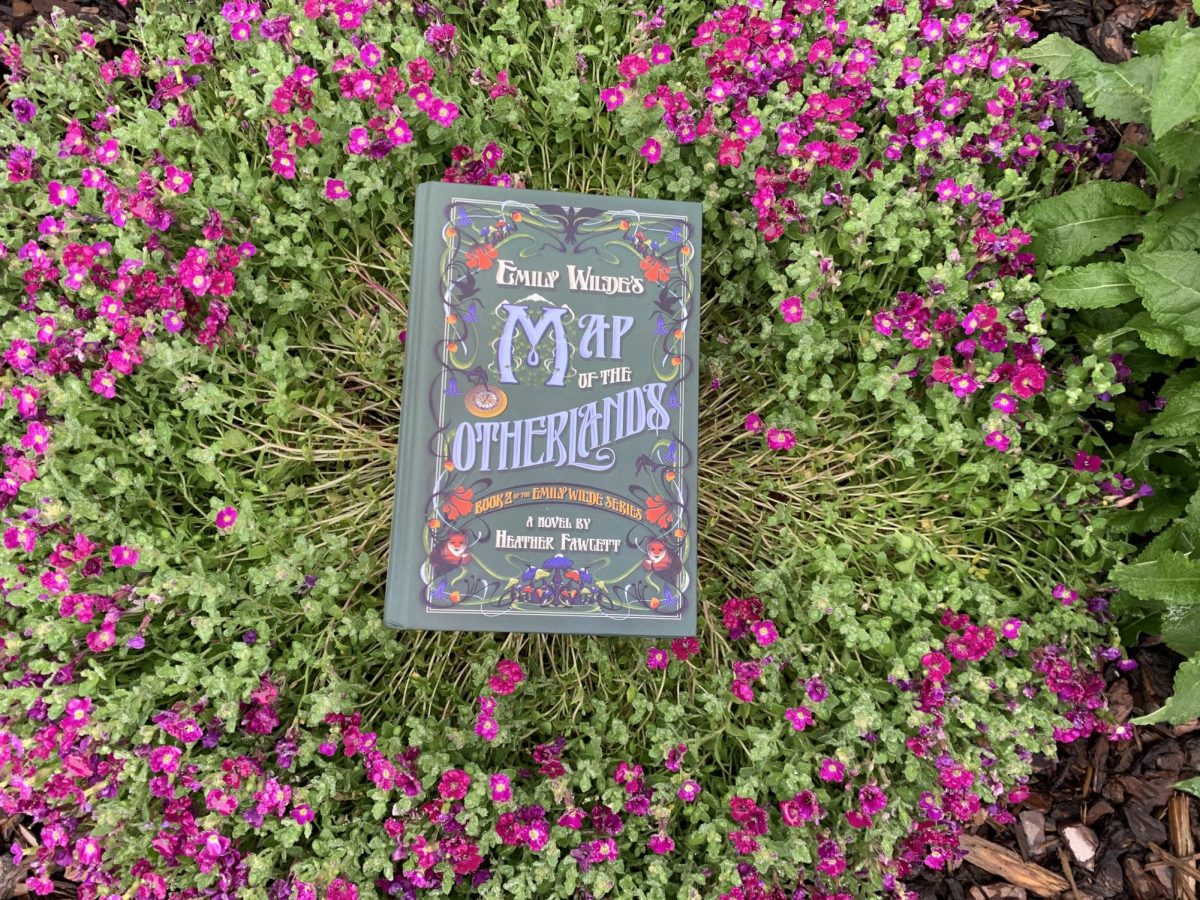The Handmaid’s Tale by Margaret Atwood is a book about a dystopian society where men have full control of women. This story is deeply disturbing and makes the reader feel a sense of dread, opening their eyes to the misogynistic tendencies already present in today’s society.
The book is set in the future, in a fictional America which is renamed as the Republic of Gilead. The members of Congress have been killed off and males have been put in charge. Women are forced to quit their jobs and transfer management of their money to their husbands. Every woman is then sent to train as a Maiden and told their life purpose is to reproduce and provide children to the men. The government sets strict laws that control their behavior and dictate every action that they take.
The Handmaid’s Tale focuses on a woman named Offred who is trapped within her life as a Maiden. As the story progresses, readers slowly learn more about the horrible things that happen to women in Gilead. Women are treated as objects. They don’t have any rights, access to education, or voice to speak up against the government. If they try to do anything outside of the laws, they will get killed off.
Eventually, Offred finds out that there are women working in a resistance that opposes the government. The commander of the household decides to grow close to Offred and takes her out to a club. This is the first time she decides to break a rule, but she attends anyway. After the night ends, Offred is taken by “The Eyes,” a mysterious group of men who might be either resistance fighters or part of the government. Offred never finds out their identity, and the book ends on a cliffhanger.
Margaret Atwood perfectly describes what would happen if free will got taken away. Most of this book is based on true stories that have happened to women in history. Some parts are inspired by the Salem Witch trials, a time when women endured dehumanization and threats just as they did throughout the book.
Parts of this story perfectly connect to similar problems in the non-fictional world. The topic of reproductive rights is constantly debated and under threat. The Supreme Court overturned Roe v. Wade two years ago, limiting women’s power over their bodies. While women in the United States today still have more rights than the women in Gilead, this might be the first step towards a society where women’s reproductive rights are taken away. The United States has moved on from some outdated views of women, such as the demand that they should wear dresses and cover their heads. However, the government still enforces patterns of inequality that place women at a disadvantage over men.
Women’s History month is something everyone should celebrate and acknowledge because women have fought for their rights throughout history. The Handmaid’s Tale shows that everyone must work together to prevent the world from turning into a version of Gilead. Atwood’s writing serves as a reminder to continue fighting for women’s rights and not take them for granted, knowing that they can still disappear at any time.
Disclaimer: Articles designated as “Review” represent the views, opinions, and recommendations of the author, not the 2023-2024 Periscope staff, CHS/CASD administration, or the CHS student body.





